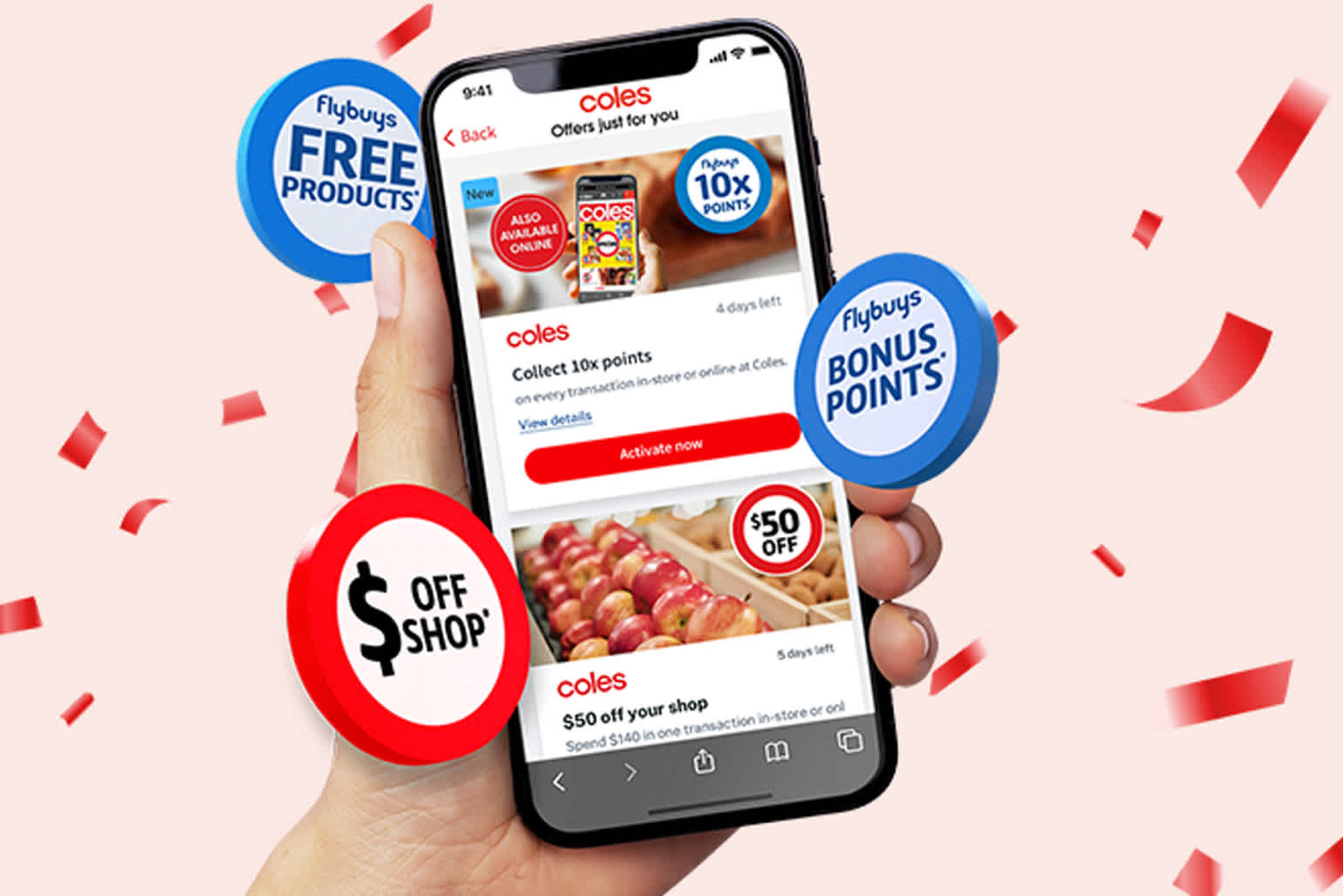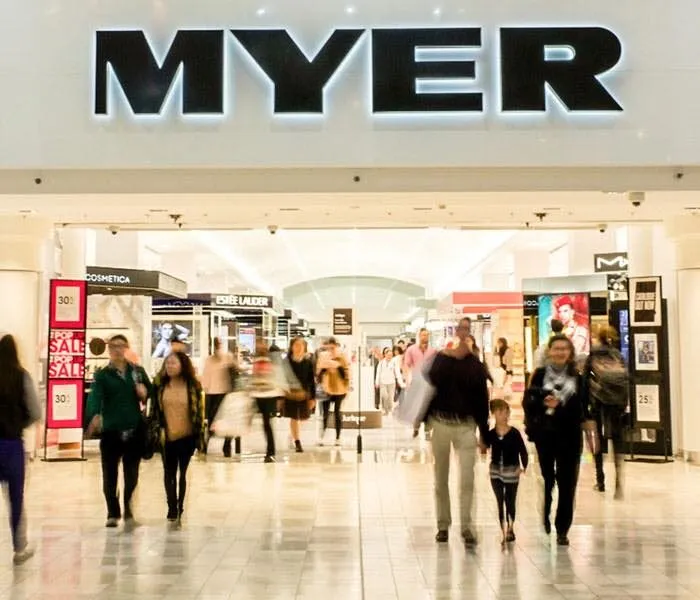Retail Customer Loyalty in Australia: How Loyalty Programs Influence Spending and Retention
.png)
Retail customer loyalty in Australia is stronger than ever and much of it is driven by carefully designed loyalty programs. From supermarket rewards schemes like Flybuys and Everyday Rewards to airline powerhouses, loyalty programs shape the way Australians shop, fly, and spend.
But are these programs truly about rewarding consumers, or are they sophisticated tools retailers use to boost profits, gather valuable customer data, and increase retention?
In this article, we’ll explore how loyalty programs influence consumer spending habits in Australia, why businesses invest so heavily in them, and whether the benefits are greater for retailers or shoppers.
1. The State of Retail Customer Loyalty in Australia
Australia is one of the most loyalty-obsessed markets in the world. According to industry research, over 80% of Australian adults are enrolled in at least one loyalty program, and the average consumer belongs to more than four.
Loyalty is no longer optional for retailers; it’s a competitive necessity. Supermarkets, airlines, fuel providers, and even small retailers have recognised that customer retention strategies are more cost-effective than constantly chasing new shoppers.
- Flybuys (Coles) and Everyday Rewards (Woolworths) dominate the supermarket space.
- Qantas Frequent Flyer loyalty is the gold standard in travel rewards.
- Smaller niche programs (from cafes to pharmacies) show just how embedded the culture of rewards has become.
.png)
2. Why Retailers Invest in Loyalty Programs
Loyalty programs may look like a gift to consumers but their primary purpose is business strategy.
Retention vs. Acquisition
It costs 5–7 times more to acquire a new customer than to retain an existing one. Loyalty programs help retailers lock in repeat business, ensuring customers return again and again.
Building Long-Term Value
Programs encourage shoppers to consolidate spending. Instead of splitting grocery shops between Coles and Woolworths, many stick with one supermarket to maximise rewards. This increases customer lifetime value.
Data and Insights
Perhaps the greatest hidden benefit is data collection. Retailers use loyalty cards to track:
- Visit frequency
- Redemption activity
- Campaign engagement
- Overall member activity
This data is gold for personalisation, targeted marketing, and predictive analytics.
.png)
3. Supermarkets and Everyday Spending
Supermarkets are the heart of consumer spending habits in Australia, and loyalty programs play a major role in shaping them.
Everyday Rewards (Woolworths)
Everyday Rewards members earn points redeemable for discounts or Qantas Points. But the real driver is bonus point or stamp campaigns, which encourage shoppers to:
- Spend more to hit point thresholds.
- Try new products (often backed by supplier funding).
- Return more frequently to “unlock” rewards.
Flybuys (Coles)
Flybuys pioneered the retail coalition model in Australia, allowing members to earn points not just in Coles, but also in fuel stations, insurance, and partner stores. This cross-industry reach keeps shoppers deeply engaged.
Impact on Loyalty: Both programs reduce price sensitivity. Shoppers may choose a slightly more expensive supermarket or product because of the perceived added value of rewards.

4. Loyalty Programs for Small and Medium Retailers
While Coles, Woolworths, and Qantas dominate the headlines, loyalty isn’t just for big business. Small and medium-sized retailers can and should replicate many of the same strategies on a smaller scale.
- Simplicity Matters: Customers value programs that are easy to understand. Instead of complex tiers or coalitions, a simple “buy X, get Y” model often works best.
- Digital Loyalty Cards: Moving away from paper punch cards, mobile loyalty apps make it easier for retailers to track activity and reward repeat visits.
- Personalisation Without the Complexity: Even smaller businesses can use loyalty platforms to send personalised offers, birthday rewards, or referral bonuses — without needing the massive data warehouses of enterprise retailers.
Case in Point: Stamp Me
One example is Stamp Me, a digital loyalty app designed specifically for SMBs. It allows cafes, salons, gyms, and retailers to create customised loyalty programs that mimic the psychology of big-brand schemes without the overhead.
- Customers use a simple mobile app to collect “stamps” instead of carrying physical cards.
- Retailers gain access to customer data and insights to improve retention.
- Businesses can run targeted promotions or one-off campaigns to drive sales during quieter periods.
In this way, smaller retailers can compete with the giants, creating loyal customers who return again and again, not because of massive coalitions, but because of personalised, convenient rewards.
Want to see how this works in practice? Read our case study on how an Australian retailer used Stamp Me to boost customer retention and discover the real-world impact of digital loyalty done right.
.png)
5. The Psychology Behind Retail Customer Loyalty
Loyalty programs work because they tap into deep psychological triggers.
Reciprocity Effect
Shoppers feel rewarded, so they “owe” the retailer continued business.
Sunk Cost Fallacy
Once customers have accumulated points, they don’t want to “waste” them so they keep spending to redeem them.
Fear of Loss
Expiry dates on points or stamps or the risk of losing status tiers keeps customers engaged.
These psychological levers explain why consumer spending habits in Australia are so strongly influenced by loyalty programs.
.png)
6. The Retailer’s Business Advantage
For businesses, the benefits extend beyond retention.
- Data-Driven Personalisation: Loyalty data fuels targeted offers, customised discounts, and predictive promotions.
- Cross-Industry Partnerships: From fuel discounts to entertainment deals, partnerships extend program reach.
- Reduced Price Sensitivity: Loyalty reduces the importance of price as the main factor in purchase decisions.
This means retailers can increase margins while consumers feel they’re “winning.”
7. The Consumer Perspective
From a shopper’s point of view, loyalty programs are a mixed bag.
Benefits
- Discounts and cashbacks on everyday spending.
- Free flights and hotel stays.
- Access to exclusive promotions.
Downsides
- Encouragement to overspend.
- Extensive tracking of shopping behaviour.
- Rewards are often overvalued compared to actual savings.
Key Question: Are Australians truly loyal to brands, or just loyal to rewards? Research suggests the latter; many will switch programs if a competitor offers a better deal.
.png)
8. The Future of Retail Customer Loyalty in Australia
Loyalty programs are evolving rapidly.
- AI-Driven Personalisation: Predictive offers based on shopping patterns.
- Mobile-First Ecosystems: Loyalty apps integrated into digital wallets.
- Subscription Loyalty: Paid loyalty models like Amazon Prime, which blend rewards with guaranteed benefits.
For Australian retailers, the future lies in seamless, digital-first experiences that make loyalty less about collecting points and more about creating a personalised shopping journey.
Conclusion
Retail customer loyalty in Australia is built on a powerful foundation: loyalty programs that reshape consumer behaviour, influence spending habits, and keep customers coming back.
For retailers, these programs are more than just rewards, they’re data machines, retention tools, and profit centres. For consumers, they offer real benefits, but often at the cost of overspending or reduced privacy.
Ultimately, loyalty in Australia is less about points and more about strategy. Shoppers who understand the system can extract genuine value but the biggest winners will always be the retailers who designed it.






.webp)